𝐇𝐨𝐰 𝐒𝐮𝐩𝐞𝐫𝐜𝐚𝐫𝐬 𝐂𝐡𝐚𝐧𝐠𝐞𝐝 𝐭𝐡𝐞 𝐈𝐦𝐚𝐠𝐞 𝐨𝐟 𝐋𝐮𝐱𝐮𝐫𝐲 𝐢𝐧 𝐭𝐡𝐞 𝟖𝟎𝐬
The 1980s wasn’t just the decade of big hair, bigger egos, and excess—it was also the era when supercars redefined what luxury meant. While Rolls-Royce and Mercedes once symbolized refined opulence, brands like Lamborghini, Ferrari, and Porsche burst onto the cultural scene with a new kind of luxury: loud, fast, exotic, and unattainable.
In this article, we explore how supercars of the 1980s revolutionized the perception of luxury from quiet wealth to high-performance prestige.
1. Luxury Became Loud: The Shift from Discretion to Exhibition
Before the 80s, luxury meant understated elegance—think of the muted presence of a Bentley or the reserved dignity of a Cadillac Fleetwood. But supercars like the Lamborghini Countach turned heads with wedge-shaped designs, scissor doors, and flashy paint schemes.
- Lamborghini Countach LP5000 QV became a symbol of status not just for its rarity, but for how unapologetically loud it was—in both design and sound.
- Ferrari Testarossa, with its wide stance and signature side strakes, wasn’t just a car — it was a rolling poster of success.
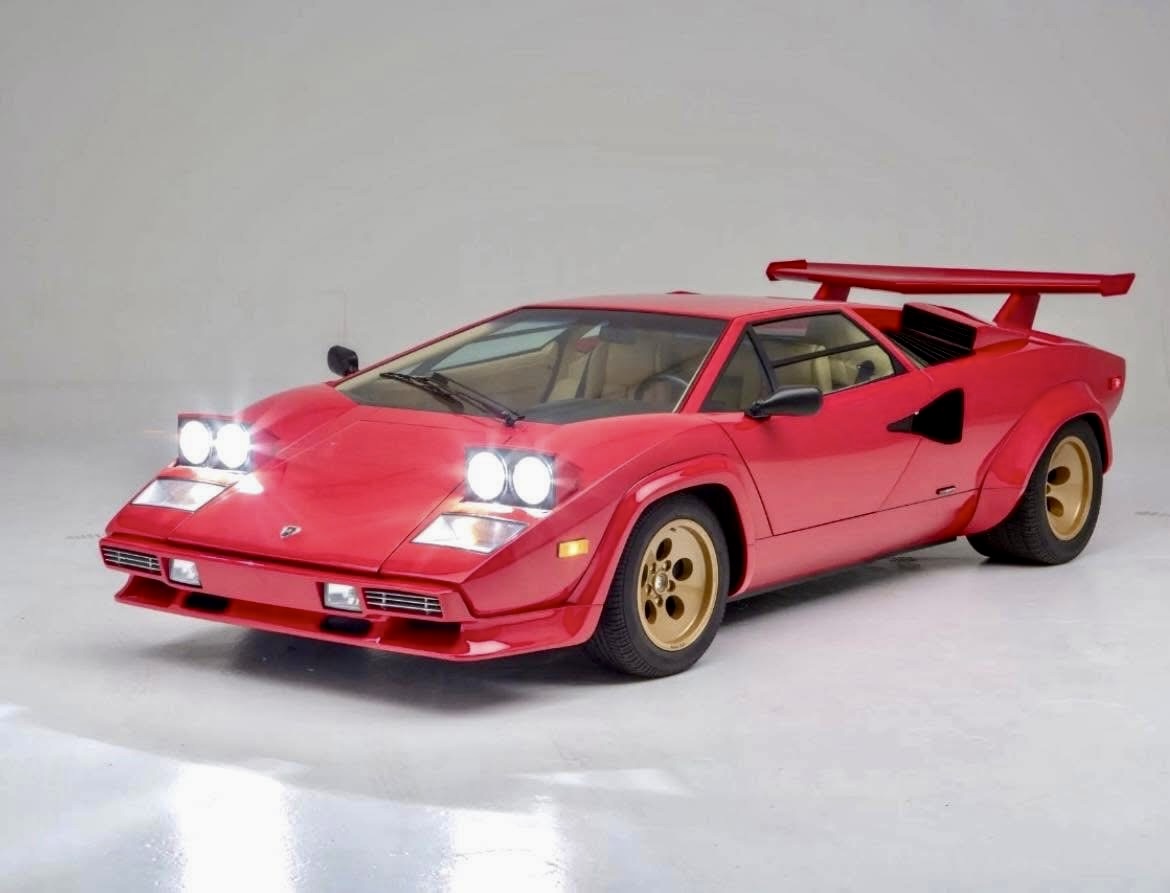
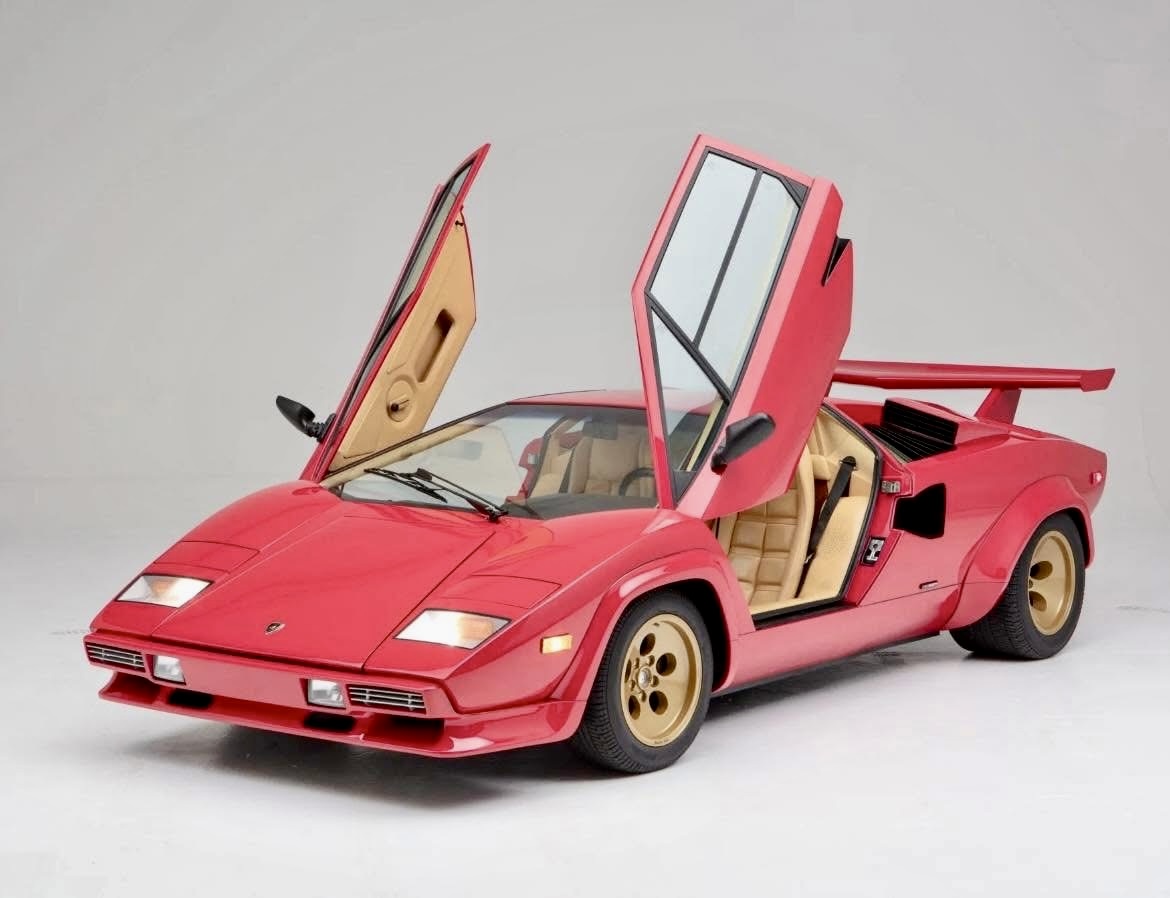
2. Performance as Prestige
In the 80s, raw power started replacing fine upholstery as a mark of luxury. Horsepower figures became bragging rights.
- Supercars like the Porsche 959 and Ferrari F40 weren’t just status symbols—they were engineering showcases that redefined what high-performance meant.
- Luxury was no longer about riding in comfort—it was about owning the edge of automotive technology.
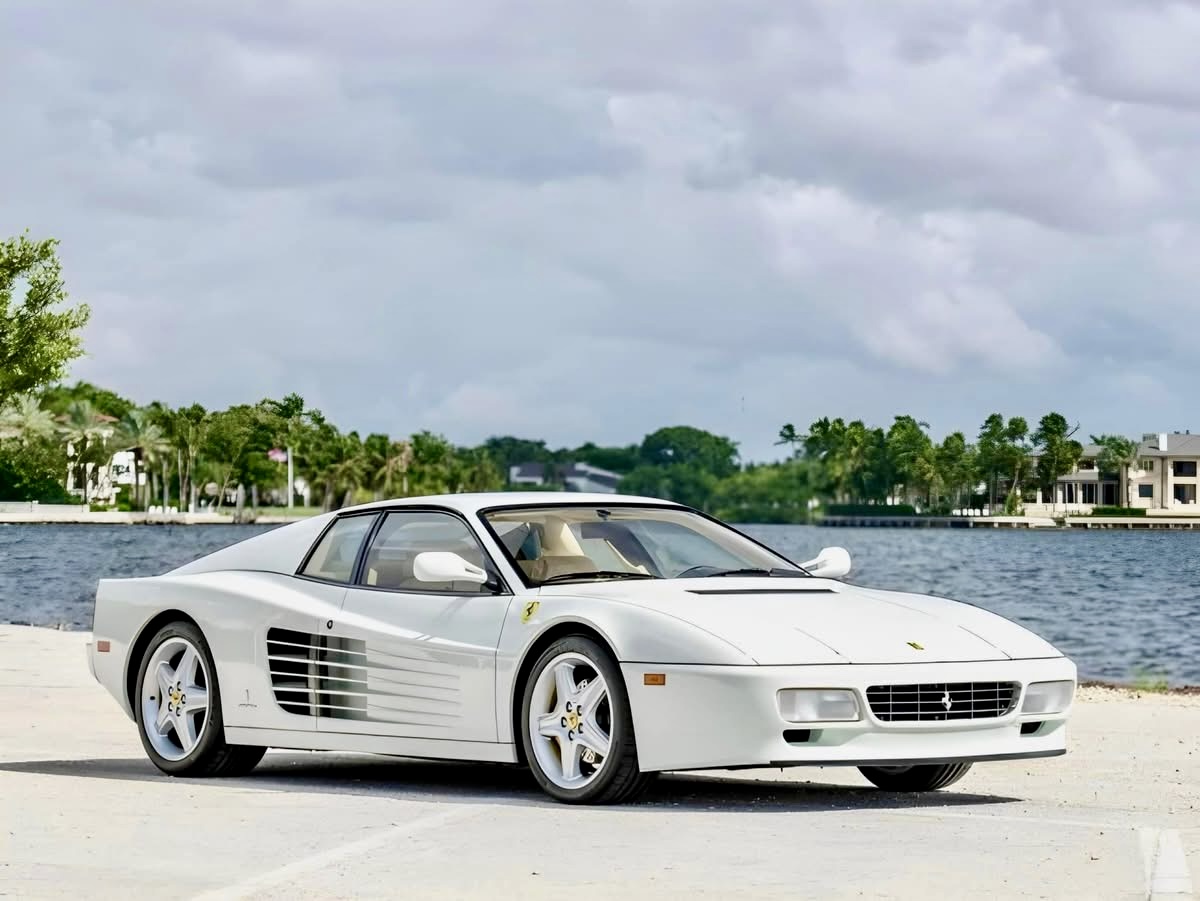
3. The Supercar as a Cultural Icon
Music videos, movies, and Wall Street types helped push the supercar into pop culture.
- Miami Vice made the Ferrari Daytona Spyder and Testarossa iconic.
- Wall Street and “The Wolf of Wall Street” mentality glorified wealth through the lens of speed and power, not just boardrooms and yachts.

Supercars became shorthand for power, ambition, and freedom. They weren’t just owned—they were displayed.
4. Globalization of Luxury
The 80s marked the rise of a global elite. Japanese, Middle Eastern, and American buyers started snapping up European supercars.
- Luxury no longer belonged exclusively to aristocrats and old money. The nouveau riche, tech entrepreneurs, and entertainers began dictating taste — and they wanted fierce.
- Supercars were the global language of aspiration.

5. Design Revolution
Automotive design in the 80s ditched chrome-heavy tradition for futuristic boldness. Cars like the Lotus Esprit Turbo, BMW M1, and De Tomaso Pantera GT5 combined exotic geometry with brutalist charm.
- Interiors started to resemble cockpits. Instruments were performance-driven.
- Design emphasized emotion over heritage—visual drama over subtlety.
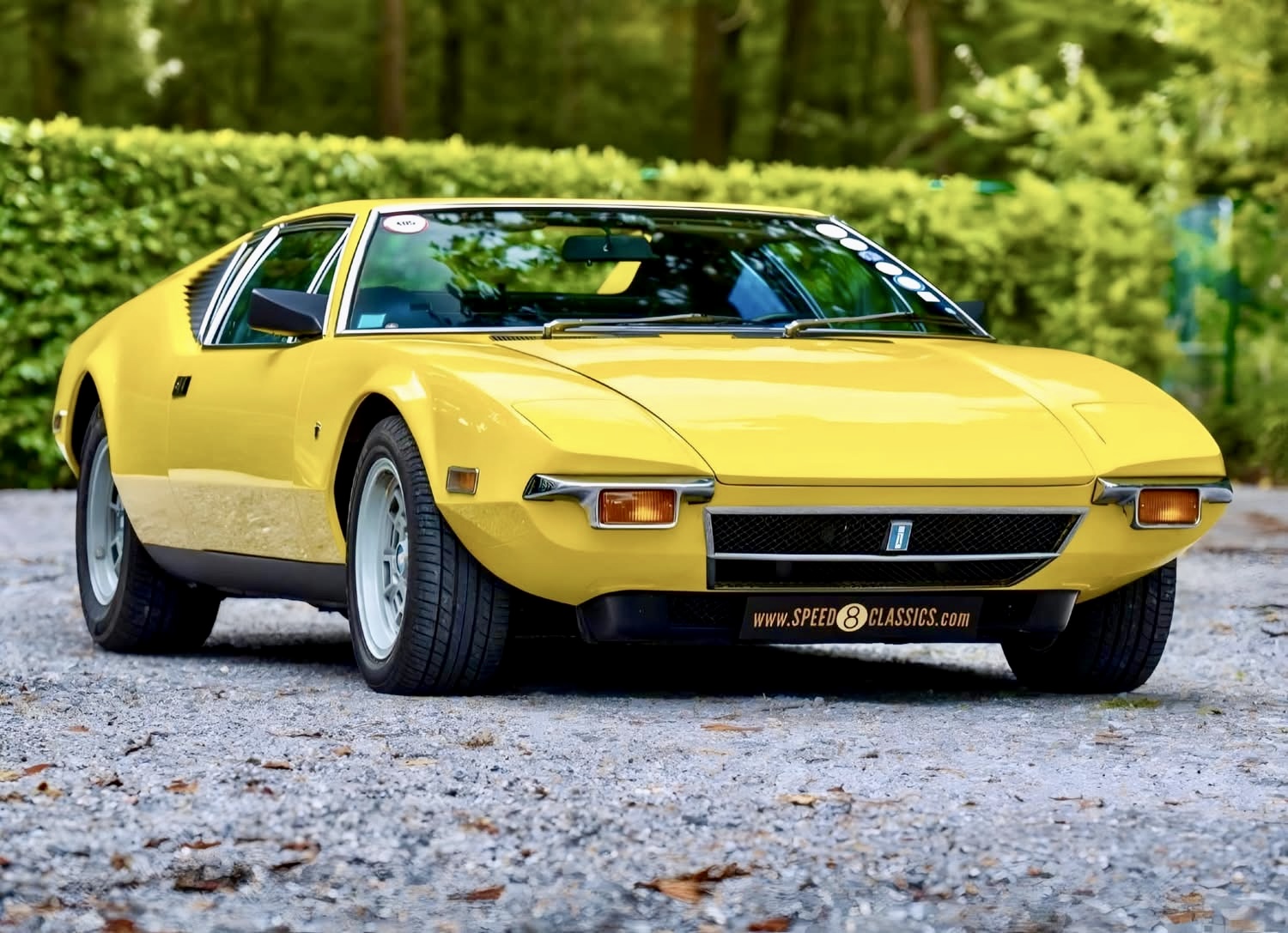
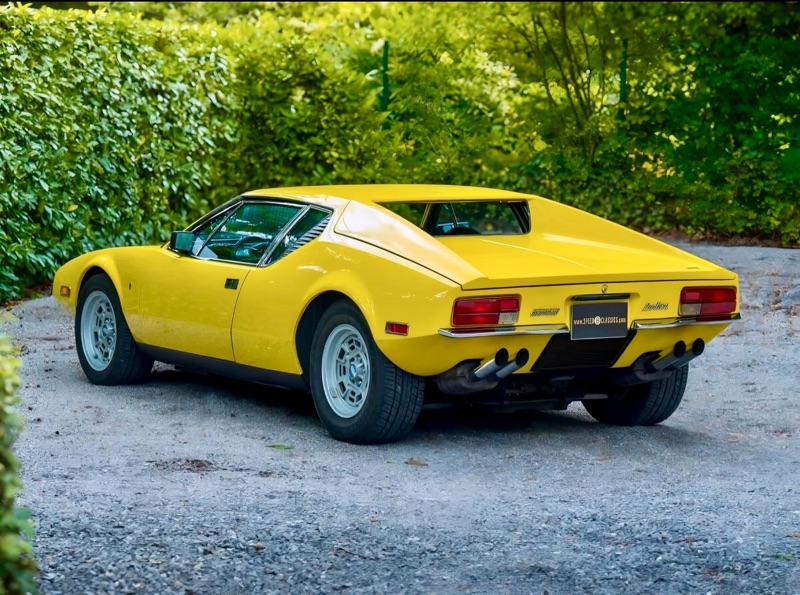
Conclusion: The Birth of Modern Luxury
The 1980s didn’t just redefine supercars—it redefined luxury itself. From understated to overstated, from plush to pulse-pounding, from chauffeur-driven to driver-focused, supercars taught the world that true luxury could scream just as loudly as it whispered.
Today’s hypercars and luxury brands owe much of their DNA to the 1980s—when rebellion, design, and performance collided to reshape what luxury really meant.
📽️ 80s Movie & Pop Culture References
• Ferrari Testarossa – Miami Vice (TV show)
• Lamborghini Countach – Cannonball Run (1981), The Wolf of Wall Street (flashback)
• DeLorean DMC-12 – Back to the Future (1985)
• Porsche 911 Turbo (930) – Scarface (1983)
• Ferrari 308 GTS – Magnum P.I. (TV show)
Comments
Post a Comment